Traditional Seville Orange Marmalade | Recipes | Delia Online
Your folders
Your folders
Servings: 228
Cost: $0.06 /serving
Author : Delia Smith
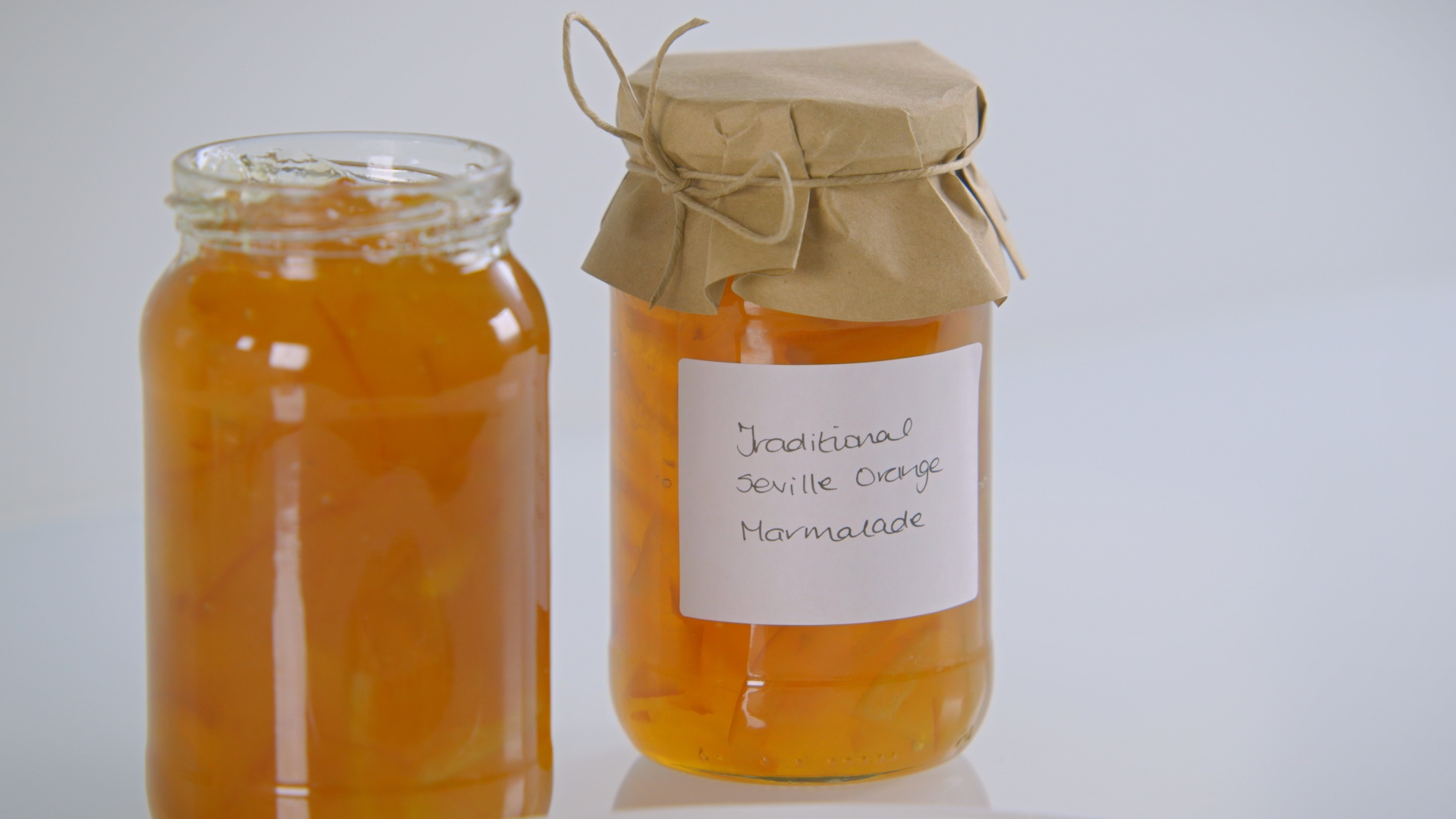
Ingredients
Export 3 ingredients for grocery delivery
Instructions
Begin by lightly buttering the base of the saucepan (to help prevent the marmalade catching) measure 2.5 litres of water into the pan. Then cut the lemon and oranges in half (discarding any bits of stalk) and squeeze the juice out of them (if you intend to make lots of marmalade an electric citrus squeezer makes light work of this). When you are buying Seville oranges the rougher the skin the better and the larger ones are always less fiddly. Add the juice to the water and place the pips and any bits of pith that cling to the squeezer on the square of gauze or muslin (laid over a dish).Now cut the orange peel into quarters with a sharp knife, and then one by one, fold and squeeze the quarters tightly together and cut them into shreds (I find it easier with a small serrated kitchen knife and the shreds can be either chunky or thin). As you cut, add the shreds to the water and any pips or spare pith you come across should go onto the gauze or muslin. The pith contains a lot of pectin so don't discard any and don't worry about any pith and skin that clings to the shreds – it all gets dissolved in the boiling. (The lemon can be included or not, I usually just use the orange peel).Now tie the pips and pith up loosely in the gauze or muslin to form a little bag, and tie this on to the handle of the pan so that the bag is suspended in the water. Then bring the liquid up to simmering point and simmer very gently, uncovered, for 2 hours or thereabouts, until the peel is completely soft (test a piece carefully by pressing it between your finger and thumb, if you can squeeze it in half the peel is ready).Meanwhile, chill three side plates in the fridge or the freezer compartment of the fridge.Next, remove the bag of pips and leave it to cool on a plate. Then pour the sugar into the pan and stir it now and then over a low heat, until all the crystals have dissolved. Check this carefully, it's important and the way to tell is to dig in with your wooden spoon, lift it up and if you see any more granules left on the back of the spoon, give it a bit longer. Now increase the heat to its highest and squeeze the bag of pips over the plate to extract all of the sticky, jelly-like substance that contains the pectin. As you squeeze you'll see it ooze out.You can do this by placing the bag between two saucers, but the best way is to use your hands. Then using a balloon whisk, whisk it into the rest of the ingredients in the pan. As soon as the mixture reaches a really fast boil, start timing. Give it an occasional stir, then after 15 minutes, remove the pan from the heat and spoon a little of the marmalade onto one of the cold plates from the fridge, and let it cool back in the fridge, for a few minutes.When it has cooled, you can test if you have a 'set' by pushing the mixture with your little finger: if it has a really crinkly skin, it is set. If not, continue to boil the marmalade and give it the same test at about 5 minute intervals until it does set. You may need to test it two or three times. After that remove the pan from the heat. If there's a lot of scum, most of it can be dispersed by stirring in half a teaspoon of butter, and the rest can be spooned off. Leave the marmalade to settle for 20 minutes.In the meantime, the jars should be washed in mild soapy water, rinsed and dried and heated in a medium oven for 5 minutes.Pour the marmalade, with the aid of a funnel and a ladle, into the warm jars, (so that it goes right up to the neck) cover with waxed discs (wax side down) making sure you cover all the surface and put the lids on while still hot. Label when cold and store in a dry, cool, dark place.Then hurry up and make some toast to try some!
Top similar recipes
Curated for youYour folders

 256 views
256 viewsSeville orange marmalade
bbcgoodfood.com
2 hours
Your folders
/__opt__aboutcom__coeus__resources__content_migration__simply_recipes__uploads__2006__02__seville-orange-marmalade-horiz-a-1800-304c78b095ee46f0bb85de0ae172c545.jpg)
 349 views
349 viewsSeville Orange Marmalade
simplyrecipes.com
Your folders
/marmalade-58cfcbd93df78c3c4fe20882.jpg)
 317 views
317 viewsThe Ultimate Traditional Seville Or...
thespruceeats.com
Your folders

 1506 views
1506 viewsTraditional Lancashire Hotpot | Rec...
deliaonline.com
Your folders
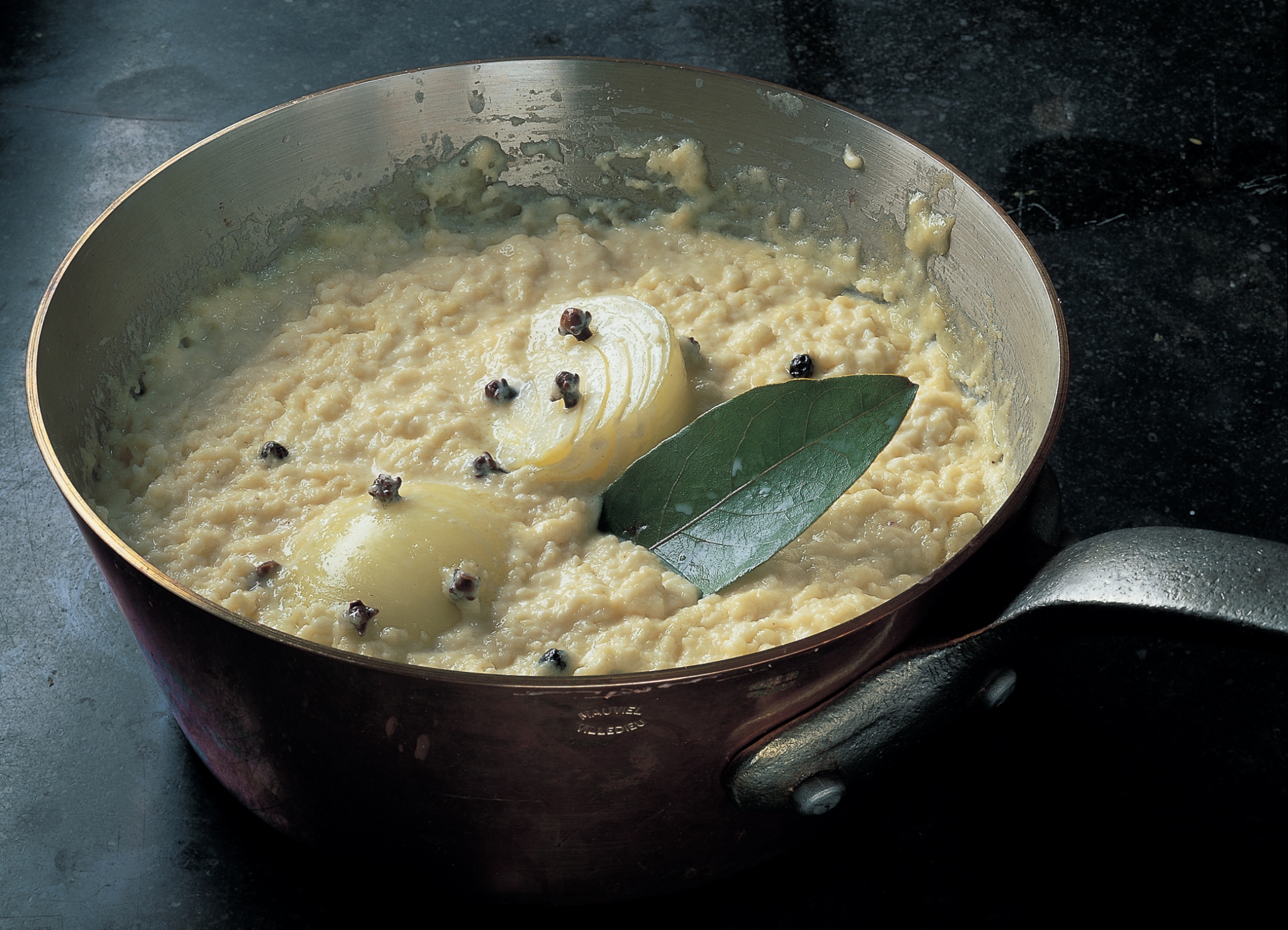
 361 views
361 viewsTraditional Bread Sauce | Recipes |...
deliaonline.com
Your folders

 247 views
247 viewsTraditional Apple Charlotte | Recip...
deliaonline.com
45
Your folders
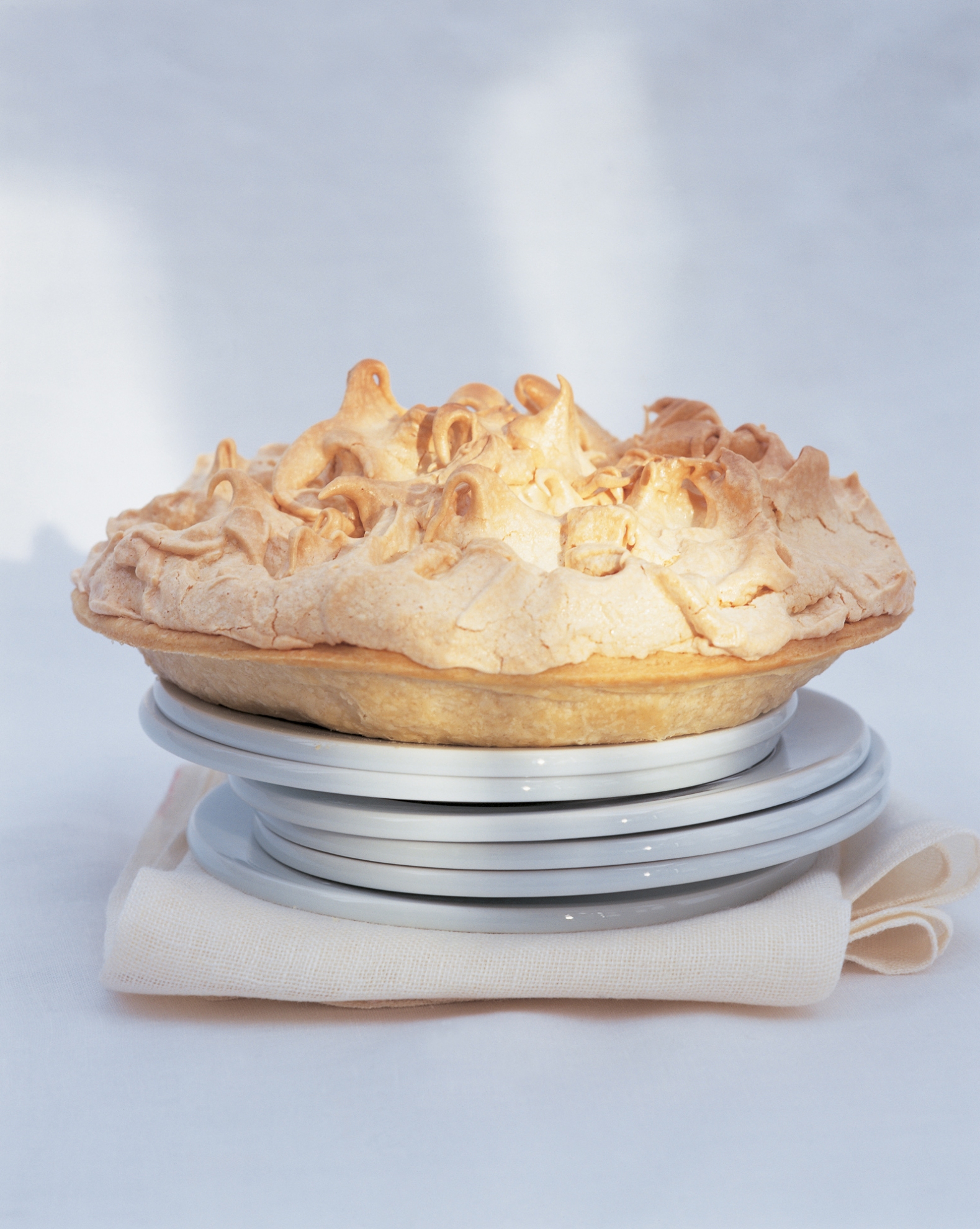
 445 views
445 viewsTraditional Lemon Meringue Pie | Re...
deliaonline.com
Your folders

 306 views
306 viewsA Traditional Christmas Pudding | R...
deliaonline.com
Your folders

 262 views
262 viewsTraditional Christmas Fruit Cake | ...
deliaonline.com
240
Your folders

 132 views
132 viewsShortcut Seville marmalade
bbcgoodfood.com
2 hours, 10 minutes
Your folders

 316 views
316 viewsGingernuts | Recipes | Delia Online
deliaonline.com
15
Your folders

 209 views
209 viewsCranberry and Orange Relish | Recip...
deliaonline.com
Your folders

 539 views
539 viewsBoeuf Bourguignon | Recipes | Delia...
deliaonline.com
180
Your folders

 979 views
979 viewsRhubarb Compôte | Recipes | Delia O...
deliaonline.com
Your folders
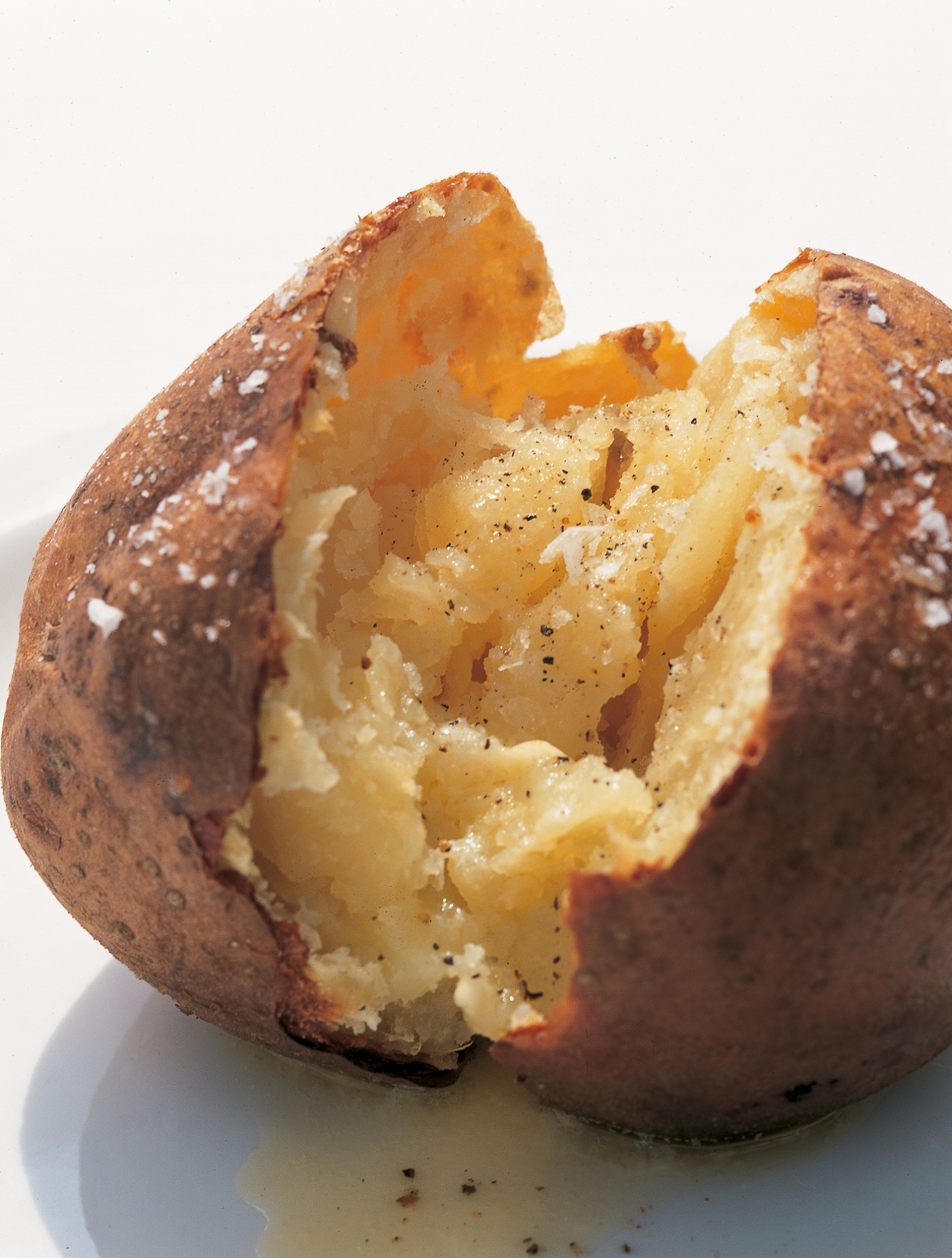
 1247 views
1247 viewsJacket Potatoes | Recipes | Delia O...
deliaonline.com
Your folders

 1230 views
1230 viewsBeef Stock | Recipes | Delia Online
deliaonline.com
Your folders
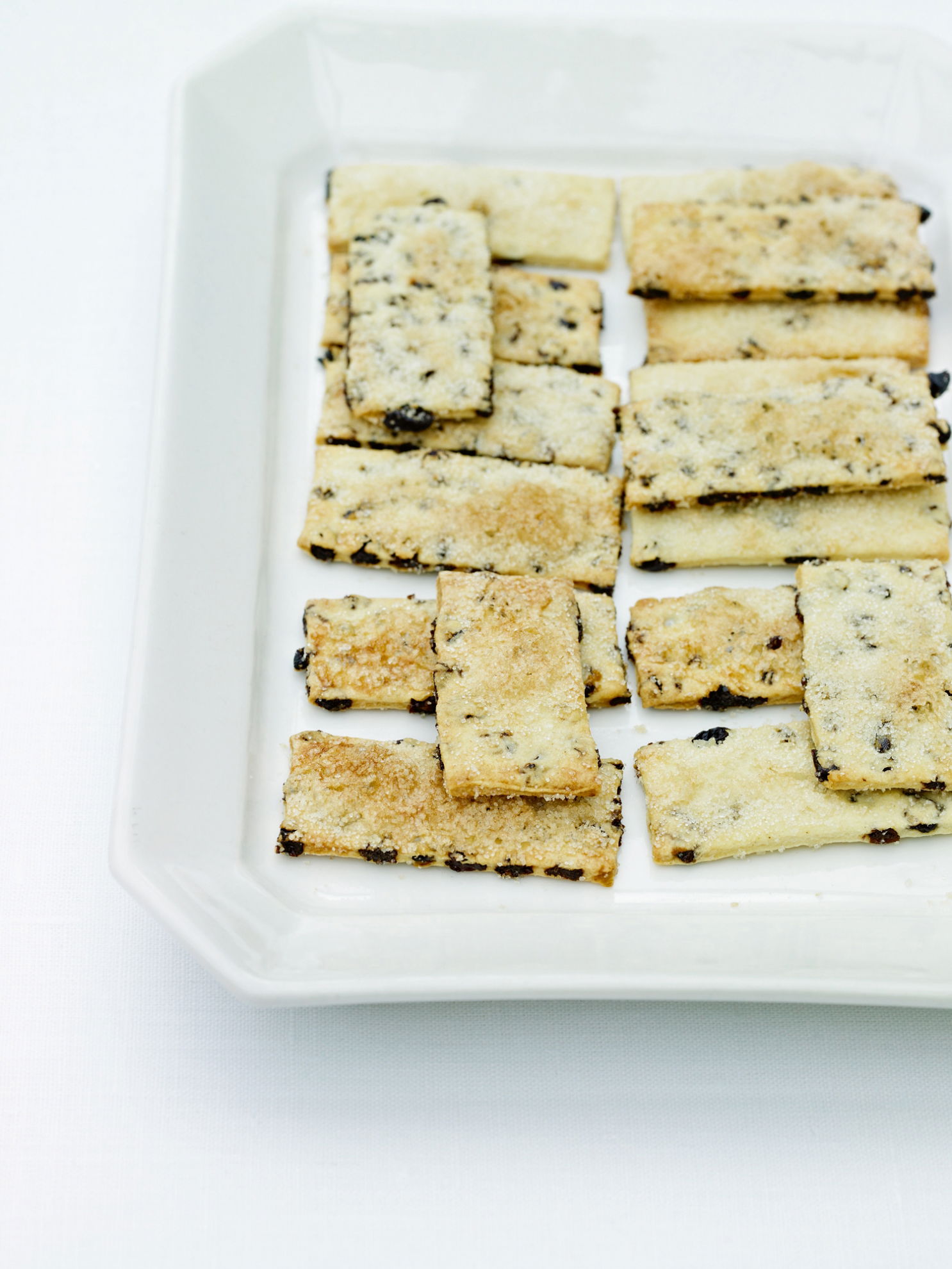
 306 views
306 viewsGaribaldi Biscuits | Recipes | Deli...
deliaonline.com
15
Your folders

 2616 views
2616 viewsRisotto Verde | Recipes | Delia Onl...
deliaonline.com
Your folders
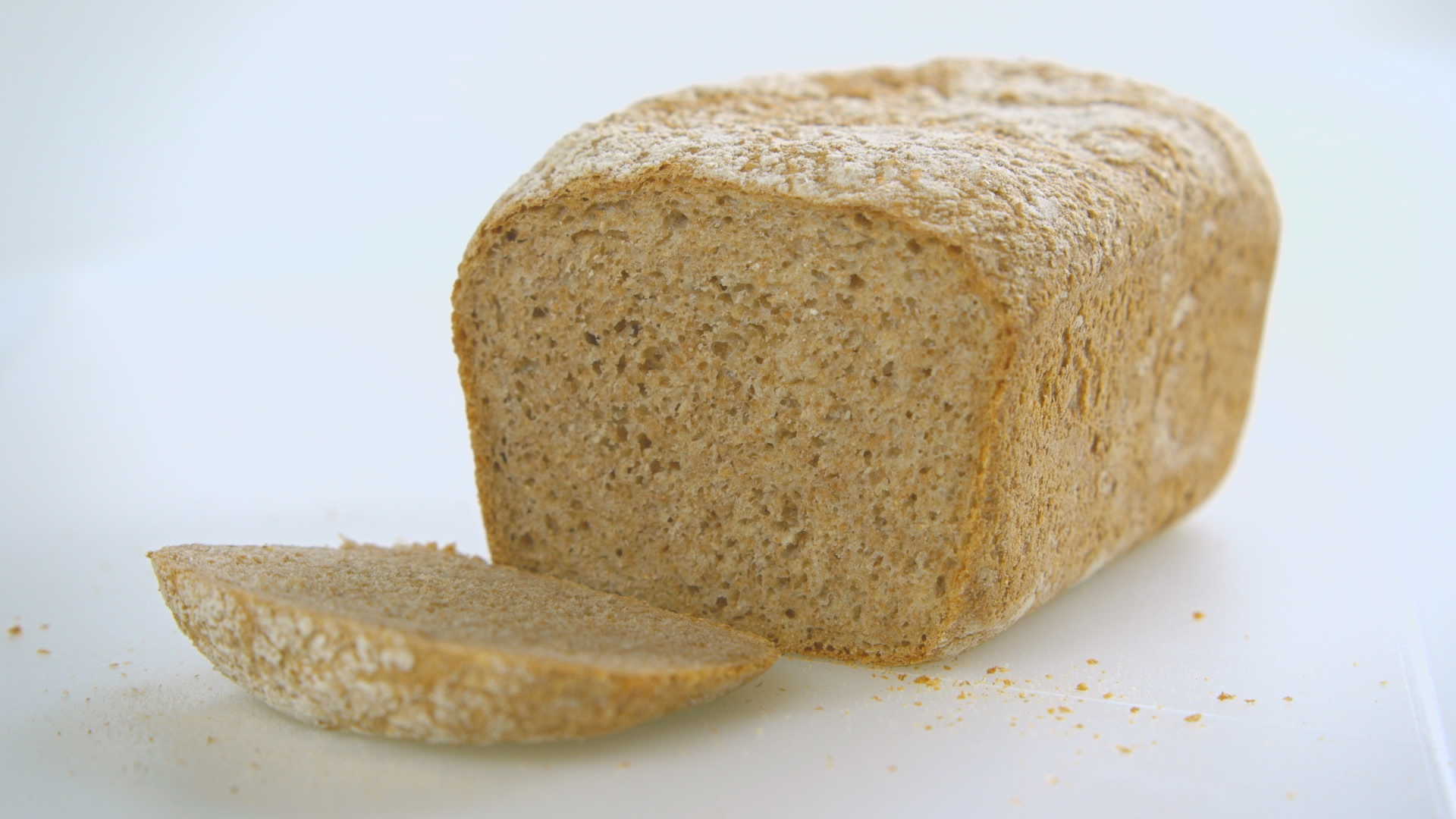
 3637 views
3637 viewsWholemeal Loaf | Recipes | Delia On...
deliaonline.com